Email Marketing. You may have heard that it’s not relevant, or that it’s a waste of time.
At Yawn, we’d send that advice straight to junk… and we aren’t the only ones. 30% of all digital revenues still come from email marketing, so we recommend exploring it.
1. Strategy
The best place to start is to identify the primary aim of your email marketing.
Try working backwards from your audience. Who are you sending emails to? Once you know this and can establish whether the audience are prospective customers or people who have already bought from you, then you can get a better idea of what role your emails can play in your overall strategy.
Another option is to focus on your end goal and work backwards on how to achieve it. This method is generally better if you don’t have an existing database. Identify what your ‘conversion’ is and tailor the content to this goal. Do you want customers to call you, to sign-up to an online course, or buy online?
Once you have decided on this ‘bigger picture’ goal, keep coming back to it, and make sure that everything you do is going to help you achieve it in some way.


2. Focus
In keeping with your overall aim, each email should have a unique focus.
This focus could vary depending on key events taking place, the seasons of your business, or the products that you want to feature.
It is important to note that email content for product and service businesses will likely differ from each other quite a bit. Whilst product-based businesses may just wish to use their emails like mini catalogues to showcase their latest products, service-based businesses might choose to work on customer retention, with a focus on more personable content, such as team updates.
Examples of possible focuses for an email might be as broad as launching a new product, highlighting an offer or introducing a new member of the team.
Summary
Once you have the umbrella of your overall aim, with your individual focuses underneath, you can start to compose content for the body of the emails. Creating a bank of usable (and possibly reusable) content can be very useful to save you time when you launch your email campaigns.
Source: Constant Contact





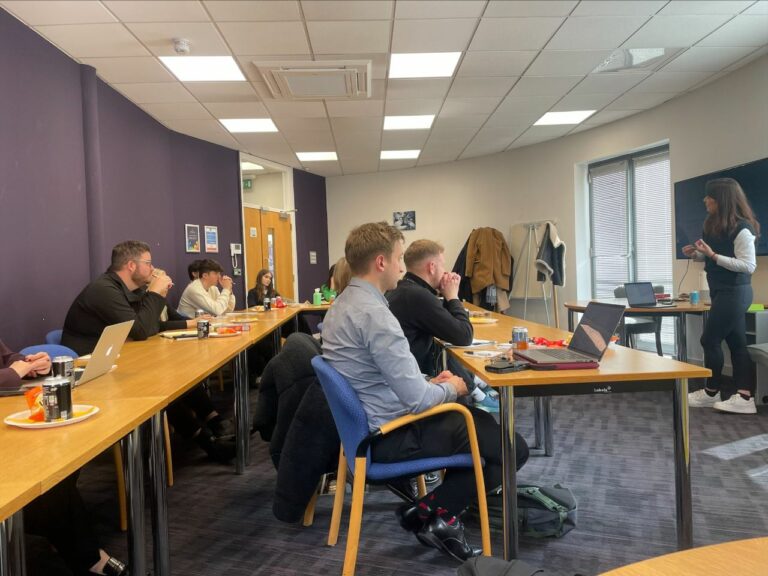











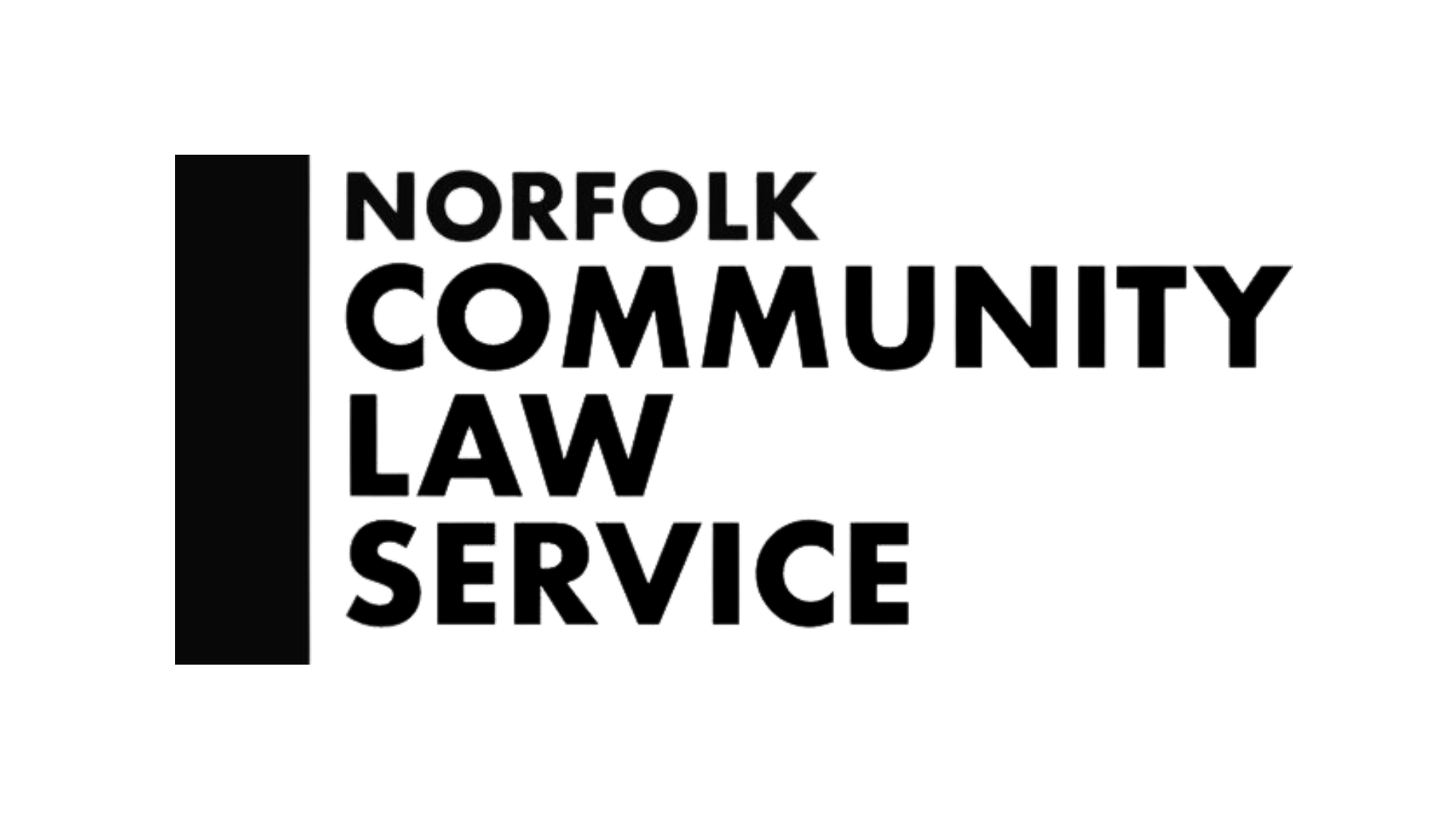




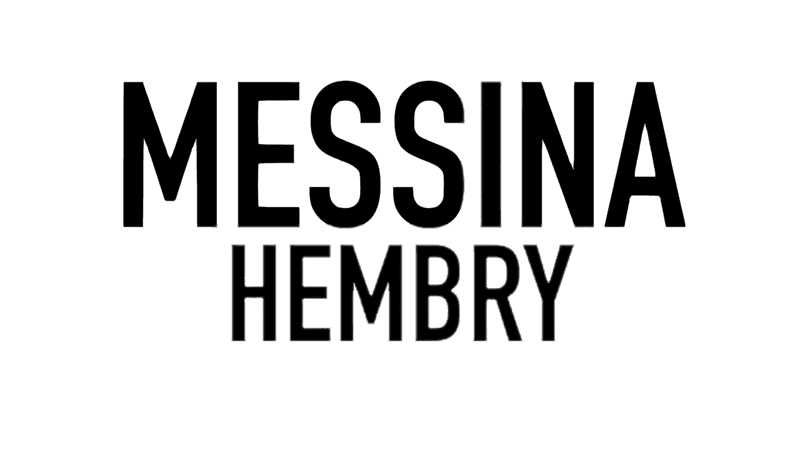
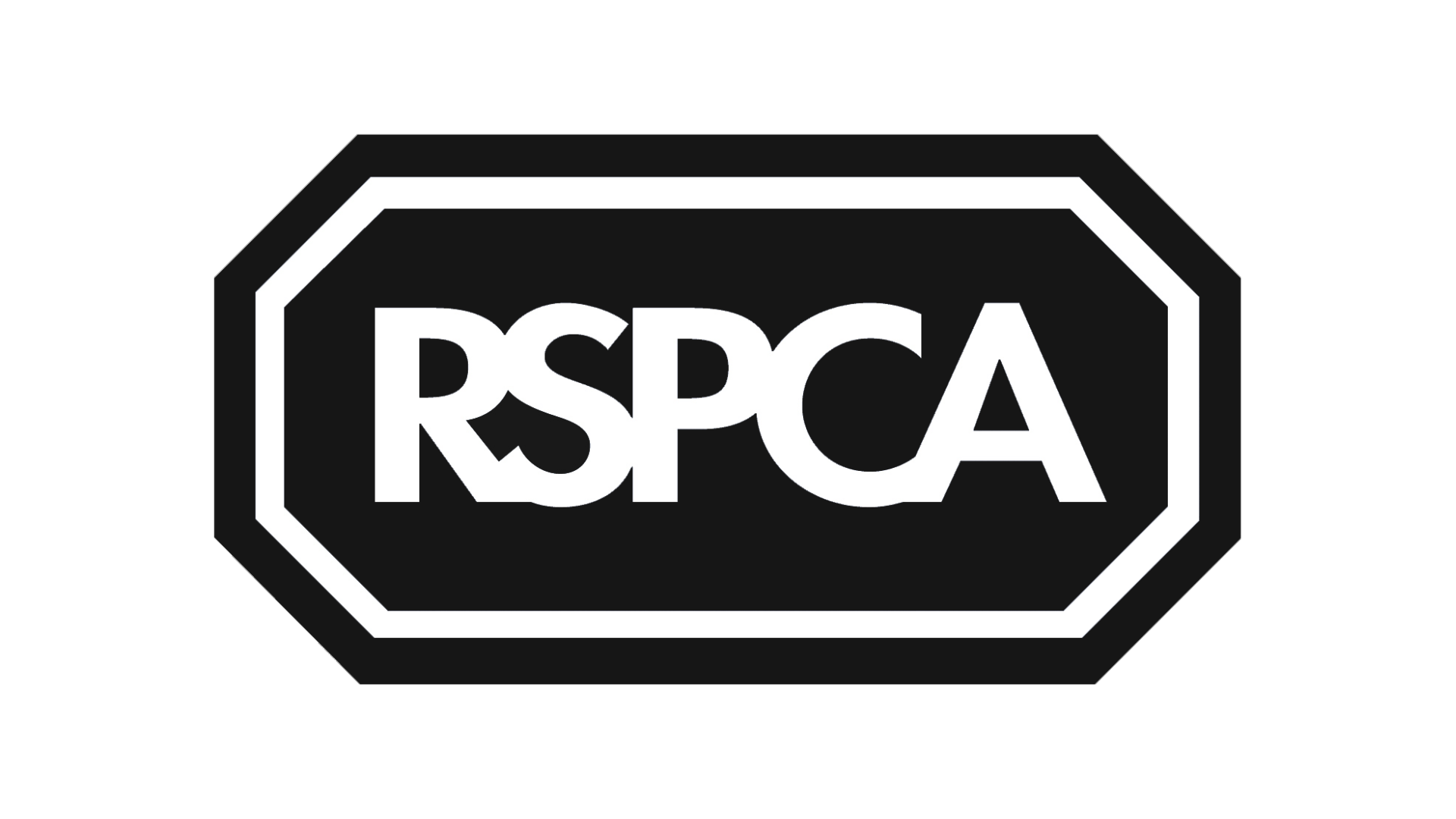






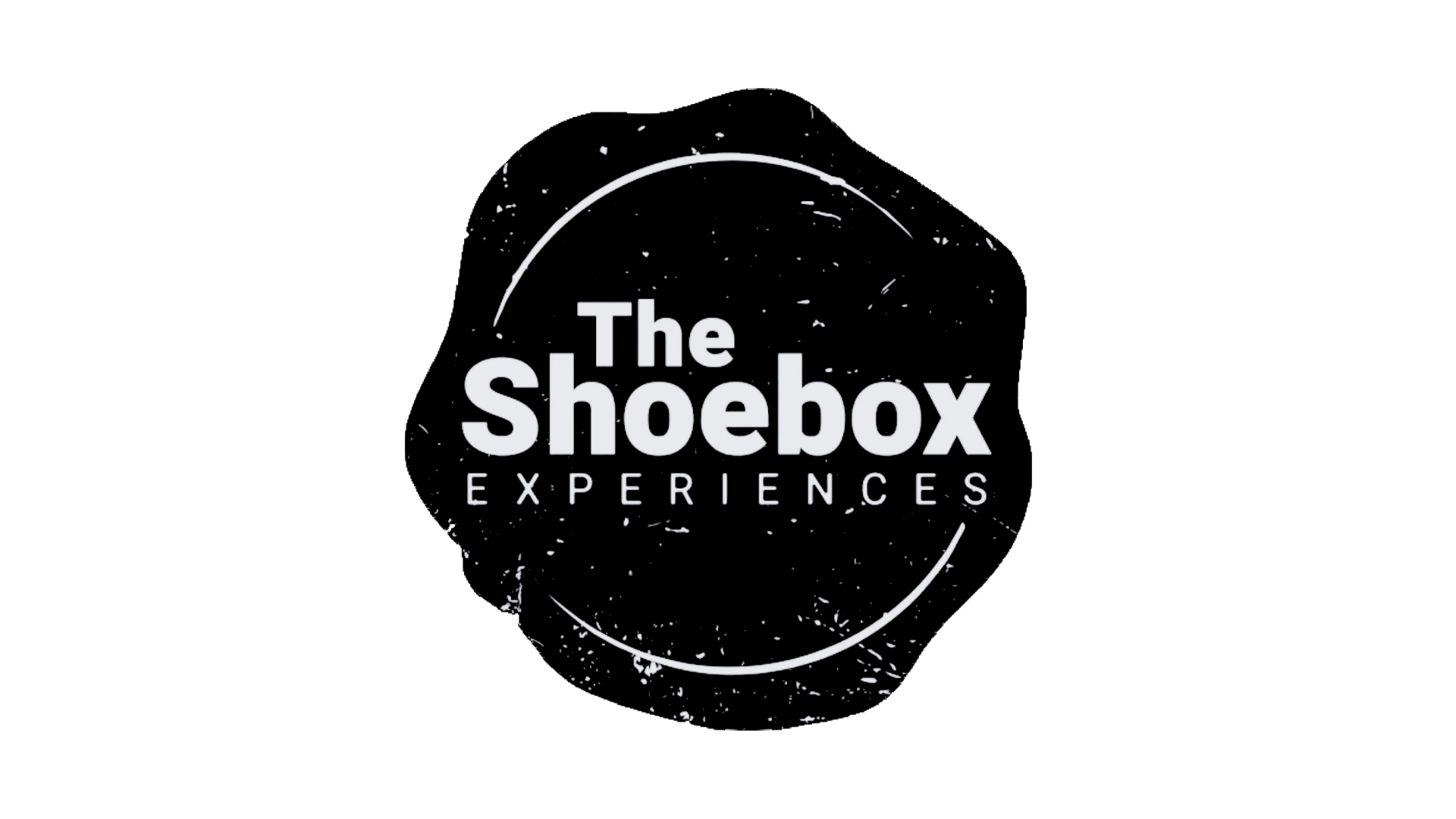


![[removal.ai]_7f27bf29-db53-435d-a634-4d6e7d4c0038](https://yawnmarketing.co.uk/wp-content/uploads/2023/01/removal.ai_7f27bf29-db53-435d-a634-4d6e7d4c0038.png)
![[removal.ai]_fb8dfe21-d7f5-4548-bd32-4e066ba3f972](https://yawnmarketing.co.uk/wp-content/uploads/2023/01/removal.ai_fb8dfe21-d7f5-4548-bd32-4e066ba3f972.png)
![[removal.ai]_a1271f54-b85f-4d55-8c8c-c0c256beb093 (1)](https://yawnmarketing.co.uk/wp-content/uploads/2023/01/removal.ai_a1271f54-b85f-4d55-8c8c-c0c256beb093-1.png)
![[removal.ai]_b81ff4af-ccff-4d3c-b358-e094865820af](https://yawnmarketing.co.uk/wp-content/uploads/2023/01/removal.ai_b81ff4af-ccff-4d3c-b358-e094865820af.png)
![[removal.ai]_60636a21-0918-4e97-8dff-085e9821386e](https://yawnmarketing.co.uk/wp-content/uploads/2023/01/removal.ai_60636a21-0918-4e97-8dff-085e9821386e.png)
![[removal.ai]_tmp-63bc0f493a216](https://yawnmarketing.co.uk/wp-content/uploads/2023/01/removal.ai_tmp-63bc0f493a216.png)
![[removal.ai]_258a25d0-cf81-49e2-97ea-eb5dba513e42](https://yawnmarketing.co.uk/wp-content/uploads/2023/01/removal.ai_258a25d0-cf81-49e2-97ea-eb5dba513e42.png)
![[removal.ai]_tmp-63bc0fb550b31](https://yawnmarketing.co.uk/wp-content/uploads/2023/01/removal.ai_tmp-63bc0fb550b31.png)
![[removal.ai]_tmp-63bc100312311](https://yawnmarketing.co.uk/wp-content/uploads/2023/01/removal.ai_tmp-63bc100312311.png)
![[removal.ai]_932dba74-335e-465d-a995-b96be4cec293](https://yawnmarketing.co.uk/wp-content/uploads/2023/01/removal.ai_932dba74-335e-465d-a995-b96be4cec293.png)
![[removal.ai]_tmp-63bc101f25d1c](https://yawnmarketing.co.uk/wp-content/uploads/2023/01/removal.ai_tmp-63bc101f25d1c.png)
